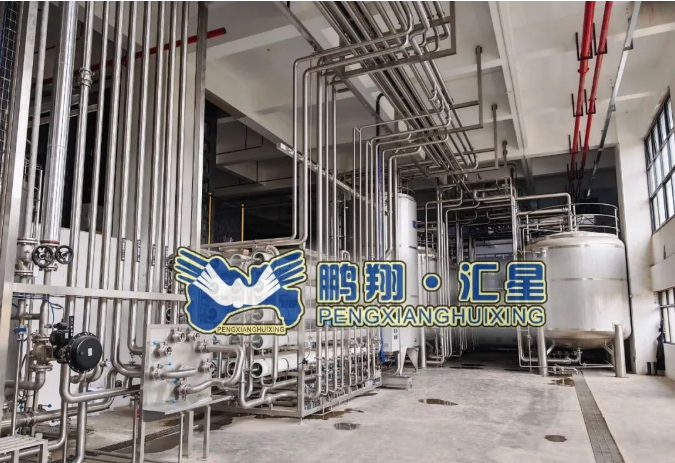Exploring Non-Blower Furnaces: A Comprehensive Guide to Efficient Heating Solutions
3 min readWhen it comes to heating our homes, the choice of furnace can significantly impact both comfort and energy efficiency. While many homeowners are familiar with traditional forced-air systems that utilize blowers to circulate heated air, there exists a category of furnaces that operate without this mechanism. In this article, we will delve into the various types of furnaces that do not utilize a blower for air circulation, examining their mechanisms, advantages, and ideal applications.
Understanding Non-Blower Furnaces
Non-blower furnaces primarily include radiant heating systems and certain types of convection heaters. Unlike conventional systems that rely on a blower to distribute warm air, these alternatives utilize different methods to achieve a comfortable indoor environment.
- Radiant Heating Systems
Radiant heating is a popular choice for homeowners seeking a more natural and even heat distribution. This system operates by warming surfaces—such as floors, walls, or ceilings—rather than heating the air directly. The heat radiates from these surfaces, warming objects and people in the room.
Types of Radiant Heating:
- Hydronic Radiant Heating: This system uses hot water circulated through pipes embedded in floors or walls. The water is heated by a boiler, and as it flows through the pipes, it radiates warmth into the living space. Hydronic systems are known for their efficiency and ability to maintain a consistent temperature.
- Electric Radiant Heating: Electric systems use electric cables or mats installed beneath flooring materials. When activated, these cables generate heat, which is then radiated into the room. Electric radiant heating is often used in smaller areas or as supplementary heating.
Advantages of Radiant Heating:
- Energy Efficiency: Radiant systems can be more energy-efficient than traditional forced-air systems, as they reduce heat loss associated with ductwork.
- Comfort: Radiant heating provides a consistent and comfortable warmth, eliminating cold drafts often associated with blower systems.
- Aesthetics: With no visible vents or ducts, radiant heating allows for greater design flexibility in interior spaces.
- Convection Heaters
Convection heaters operate on the principle of natural convection, where warm air rises and cool air descends. These systems do not require a blower, relying instead on the natural movement of air to distribute heat.
Types of Convection Heaters:
- Baseboard Heaters: These are typically installed along the base of walls and can be either electric or hydronic. They heat the air in the room through natural convection, creating a gentle and consistent warmth.
- Wall-Mounted Heaters: Similar to baseboard heaters, wall-mounted convection heaters can be electric or hydronic. They are often used in smaller spaces or as supplemental heating solutions.
Advantages of Convection Heating:
- Quiet Operation: Without a blower, convection heaters operate silently, making them ideal for bedrooms and quiet spaces.
- Low Maintenance: These systems generally require less maintenance than forced-air systems, as there are no filters to change or ducts to clean.
Ideal Applications for Non-Blower Furnaces
Non-blower furnaces are particularly well-suited for specific applications and environments:
- Renovated Spaces: In homes with limited ductwork or where retrofitting a forced-air system is impractical, radiant heating or convection heaters can provide an effective solution.
- Energy-Efficient Homes: For those seeking to minimize energy consumption, radiant heating systems can be integrated with renewable energy sources, such as solar panels, to further enhance efficiency.
- Comfort-Centric Environments: Spaces that prioritize comfort, such as bedrooms, living rooms, or home offices, can benefit from the gentle warmth provided by radiant and convection heating systems.
Conclusion
Choosing the right heating system for your home involves careful consideration of various factors, including comfort, efficiency, and installation feasibility. Non-blower furnaces, such as radiant heating systems and convection heaters, offer unique advantages that cater to specific needs and preferences. By understanding the mechanisms and benefits of these systems, homeowners can make informed decisions that enhance their living environments while promoting energy efficiency. As the demand for sustainable and comfortable heating solutions continues to grow, non-blower furnaces stand out as a viable option for modern homes.


